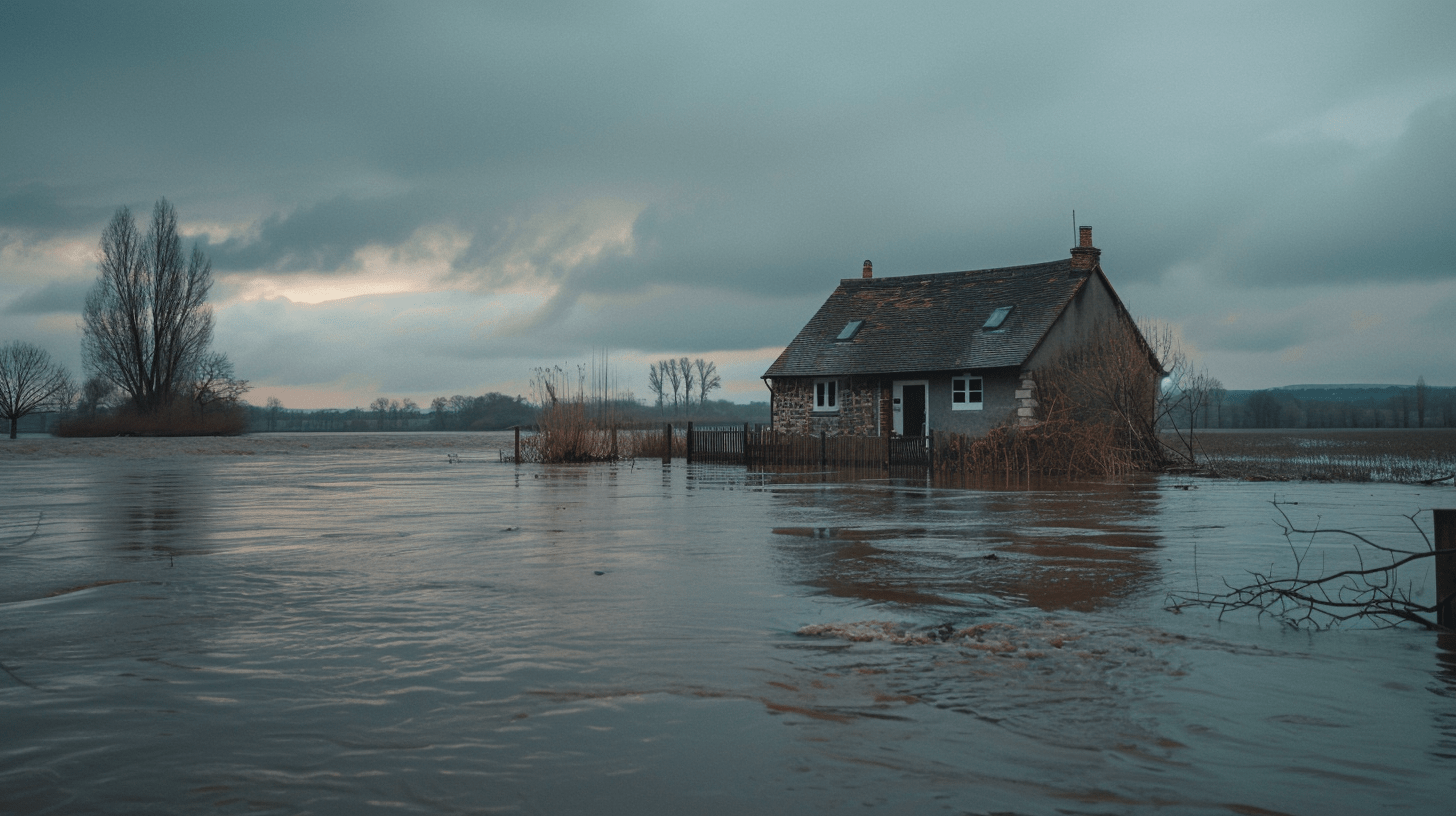Floods
Flooding is worsening with climate change and urban growth. Learn what causes floods, their impacts, and how to build resilience.

Challenge Introduction
Floods are among the most common and devastating natural disasters worldwide. As climate patterns shift and urbanization expands, communities face increasing risks from both sudden and long-term flooding events. What causes floods? How do they relate to the water cycle and climate change? And what can we do to better prepare for, prevent, and recover from them?
In this challenge, you’ll dive into the science behind flooding - from its causes and impacts to the solutions to stay resilient. You’ll explore real-world case studies, examine both structural and sustainable prevention strategies, and uncover the growing role of climate change in intensifying floods.
By understanding how floods work and how we respond to them, you’ll be empowered to think critically about global risk management, urban planning, and environmental sustainability.
Learning Goals
- Understand the definition, types, and causes of flooding
- Investigate the social, environmental, and economic impacts of flooding
- Analyze the link between climate change and the increasing frequency and intensity of floods
- Explore the relationship between the water cycle and flooding
- Examine flood prevention and management strategies, including sustainable solutions
- Lean how communities respond to and recover from flood disasters
The Basics of Flooding
Complete these tasks:
What is Flooding?
Read • 2 mins
Causes of Flooding
Read • 2 mins
The Basics of Flooding Key Takeaways
Read • 1 min
The Water Cycle & Flooding
Understanding the natural causes of flooding is crucial towards realizing both the impacts of flooding on the environment, as well as the impact of climate change towards the water cycle.
Complete these tasks:
Water Cycle
Read • 1 min
Real World Examples of Water Cycle Activities
Read • 3 mins
Water Cycle & Flooding Key Takeaways
Read • 1 min
Climate Change & Flooding
Flooding is worsening with climate change and urban growth. Learn what causes floods, their impacts, and how to build resilience.
Complete these tasks:
How a Warmer World Disrupts the Water Cycle
Read • 4 mins
Flood Prevention & Management
Flood prevention and management are essential to protect communities, ecosystems, and economies from the devastating impacts of flooding. Effective strategies encompass structural measures, non-structural approaches, and sustainable practices that work together to mitigate flood risks. This lesson explores these strategies, highlighting how they contribute to comprehensive flood risk management.
Complete these tasks:
Structural Measures
Read • 2 mins
Non-Structural Measures
Read • 1 min
Sustainable Approaches
Read • 1 min
Flood Prevention & Management Key Takeaways
Read • 1 min
Flood Response & Recovery
Complete these tasks:
Emergency Response
Read • 2 mins
Short-Term Recovery
Read • 2 mins
Long-Term Recovery & Resilience Building
Read • 2 mins
Flood Response & Recovery Key Takeaways
Read • 1 min
Earn your rewards
Show what you have learned:
- Understand the definition, types, and causes of flooding
- Explore the relationship between the water cycle and flooding
- Investigate the social, environmental, and economic impacts of flooding
- Examine flood prevention and management strategies, including sustainable solutions
